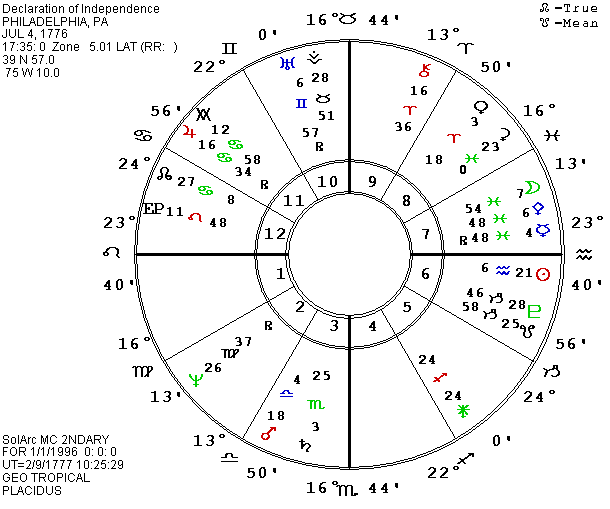

So, the first object to be have been discovered in the first half of January 2023 was named 2023 AA, and the second 2023 AB, etcetera.

So, January 1 to 15, for example, is the letter A. In this case, it is the year 2023.Īnd the letters refer to the month and the order in which the object is discovered, with each month split into two halves. The first number relates to the year in which an object is discovered. The DW in its name is part of a standard, naming convention for the discovery of such "celestial" objects.

Why is the asteroid called 2023 DW?ĭespite what you might think, the asteroid is unrelated to DW (Deutsche Welle). That's because the longer and the more you observe, the better you can model how an asteroid moves around the sun and the better we can predict when it is likely to cross paths with Earth. When new asteroids, such as 2023 DW, are detected, NASA says it needs quite a bit of time to gather enough data to "reduce the uncertainties and adequately predict their orbits years in the future." If a NEO is larger than 140 meters wide and its orbit crosses the Earth's, it is called a potentially hazardous object, or PHO. NASA's Eyes on Asteroids website shows real-time 3D visualizations and information about every known asteroid and comet that is classified as a near-Earth object.Īny small object in the solar system that can get relatively close to Earth is called a near-Earth object, or NEO for short. Scientists need time to predict an asteroid's orbit And in the case of this particular asteroid, its "eccentricity" - the amount by which it deviates from a circular orbit - means scientists think it could pass relatively near to Earth on Valentine's Day, February 14, 2046 - how romantic is that?Ĭurrent calculations put its nearest distance to Earth at 2,776,537 km. So, asteroid 2023 DW is a long way away from the Earth.Īccording to data from NASA's Center for Near Earth Object Studies (CNEOS), asteroid 2023 DW takes 271 days to orbit the sun.īut no orbit is a perfect circle. That is a huge distance: Did you know, for instance, that you could fit all the planets of our solar system between the Earth and our moon and still have room to spare? Fun fact. Scientists think it's about 50 meters in diameter and currently 22 million kilometers (13.7 million miles) from Earth.įor reference, the moon orbits Earth, on average, at a distance of about 380,000 kilometers. What is asteroid 2023 DW?Īsteroid 2023 DW was first observed on February 26, 2023. Or, to put it another - more positive - way, there's 99.8% chance that 2023 DW will safely fly by our planet and leave us in peace. There's a "1 in 560 odds" chance of an impact, said NASA. "We've been tracking a new asteroid named 2023 DW that has a very small chance of impacting Earth in 2046," said NASA Asteroid Watch on its Twitter.


 0 kommentar(er)
0 kommentar(er)
